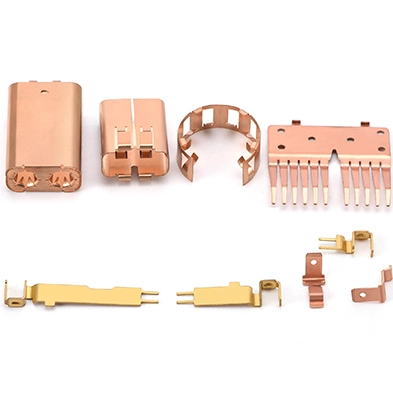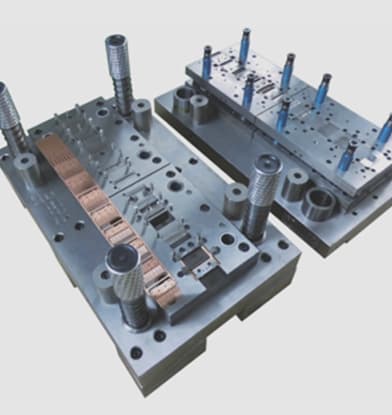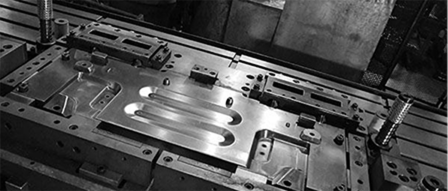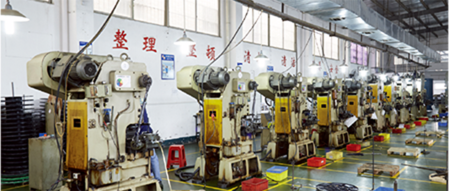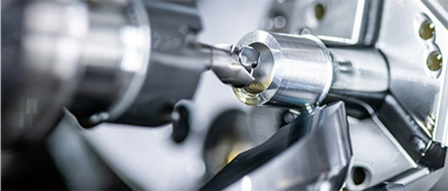What Are the Common Defects of Bending Parts?
As a widely used bending part in construction machinery products, its quality standards have been gradually improved to meet product quality and production needs. In the cold state, the CNC bending machine can use the equipped general (or special) mold to fold the metal sheet into workpieces with various required cross-sectional shapes. Whether the bending process is reasonable or not directly affects the final forming of the product size and appearance. For bending defects, through process control and prevention, corresponding effective process measures are taken to improve the quality of the workpiece.
Ⅰ. Fracture of bending parts
After shearing or punching, burrs or fine cracks often appear on the edge of the material. When bending, it is easy to form stress concentration and be broken. When shearing (surface with burrs) (when shearing), shear outward, and the cracking position occurs at On the shear belt and the kneading belt of the workpiece. The technical measures taken for this purpose are:
1. The workpiece after shearing or punching should ensure that the shearing surface is inward when bending, that is, it is in a state of compression, and the forming effect is better.
2. Deburr the workpiece before bending, and use manual grinding wheel to grind the bending part after bending.
Ⅱ. Bending parts rebound
During the bending process, the plastic deformation and elastic deformation of the metal material are synchronized. When the bending ends, springback occurs due to the recovery of elastic deformation. The springback phenomenon directly affects the dimensional accuracy of the workpiece, so it must be controlled. The technical measures taken for this purpose are:
Angle compensation method. If the bending angle of the workpiece is 90°, the opening angle of the lower notch (V-shaped) of the press brake can be selected as 78°. The pressure duration increases the correction rate. When the bending is completed, the contact time between the upper die, the workpiece and the lower groove of the bending machine is extended by pressure correction, so as to increase the plastic deformation of the corner of the lower groove, so that the springback of the fibers in the tension and compression area can cancel each other, thereby reducing the springback .
Ⅲ. Bending parts bulge
The bending situation of medium and heavy plates (thickness t≥6mm) is special. The fiber structure in the area near the bending line becomes longer, which leads to the bulge on the bending corner. Through the observation of the workpiece formed in the workshop, the size of the bulge fillet is increases with increasing plate thickness. For some workpieces with high quality requirements, the rounded protrusions will affect the dimensional accuracy of welding or assembly, and process measures need to be taken to eliminate them. The technical measures taken for this purpose are:
1. When using hot cutting equipment for cutting, when the processing personnel unfold the cutting and blanking of the sheet, the blanking diagram is centered on the bending line as a concave arc to remove the excess sheet, where R is the radius of the arc.
2. For the workpiece that has not been cut by the concave arc of the cutting board, after the cutting board is bent, it is manually ground to achieve the required dimensional accuracy. If the assembly accuracy is required to be high, the workpiece needs to be edged. deal with.
Ⅳ. Bending parts slip material
1. The bending line of the workpiece to be bent is not parallel to the edge line of the workpiece, that is, one end has a fulcrum at the lower groove of the bending machine, and the other end has no fulcrum. In the blanking diagram, a kerf is added in the direction of the workpiece bending line. The length of the kerf is the length of the workpiece bending line offset outward, and the offset width is half of the width of the lower groove of the selected bending machine.
2. The bending line of the workpiece to be bent is parallel to the edge of the workpiece, but the two ends have no fulcrum at the lower groove of the bending machine. The craftsman increases the size according to the cutting drawing, so that the edge of the lower groove of the pipe bender has a fulcrum to meet the pipe bending requirements. After the bending process is completed, cut the allowance according to the product drawing, and grind the incision to meet the product quality requirements.
Ⅴ. Indentation or slipping injury of bending parts
During the press bending process, the workpiece is squeezed by the upper die and the lower groove of the press brake machine, resulting in different degrees of indentation or scratches. The surface roughness requirements of ordinary carbon steel parts are not high and will not cause slight damage. However, for some special materials, such as 430-2B, 12Cr17Mn6Ni5, etc., the appearance of the mirror surface needs to be protected by certain technological measures. The technical measures taken for this purpose are:
1. For carbon steel materials, the bending width of the lower groove should be increased to increase the radius of the forming fillet and reduce the extrusion of the lower groove on the workpiece;
2. For special stainless steel materials, the preparation work before bending the bending part is to lay the paper at the lower groove of the bending machine for isolation. If the workpiece needs to be protected on both sides, the workpiece can also be laid along the bending line. isolation. With good production conditions, anti-indentation pads can be used.

 English
English 